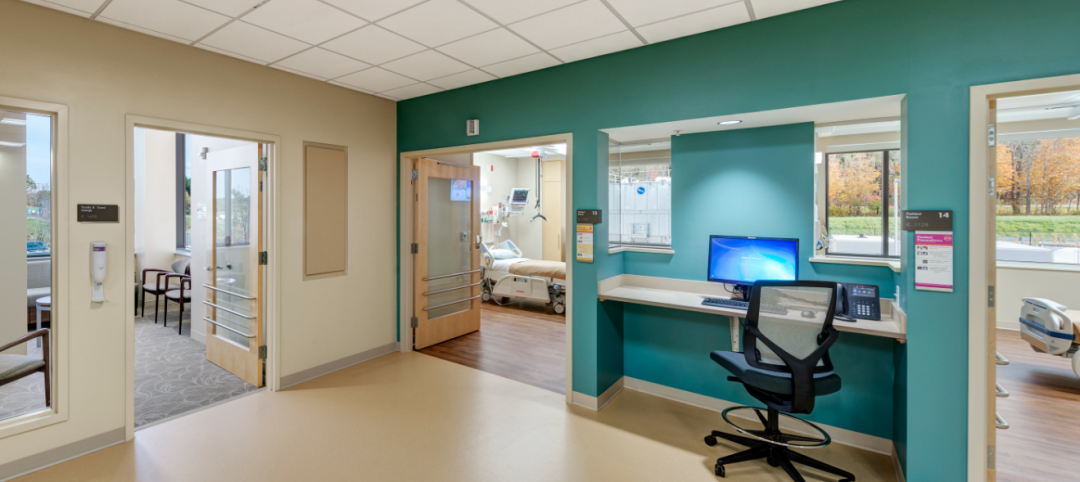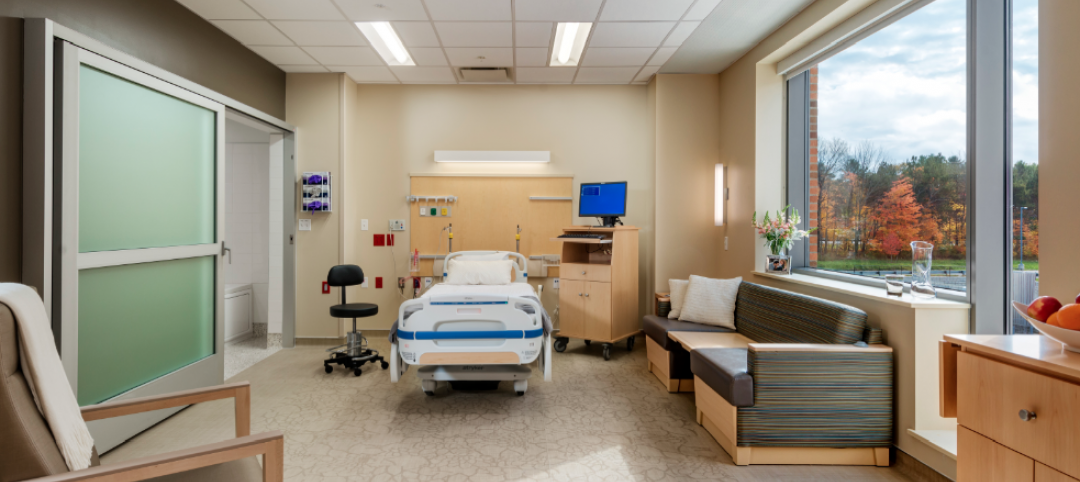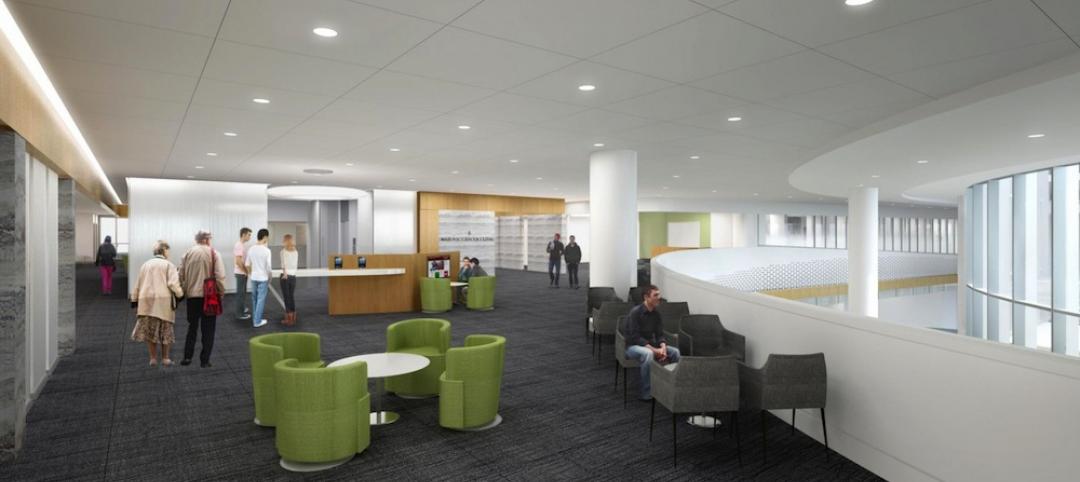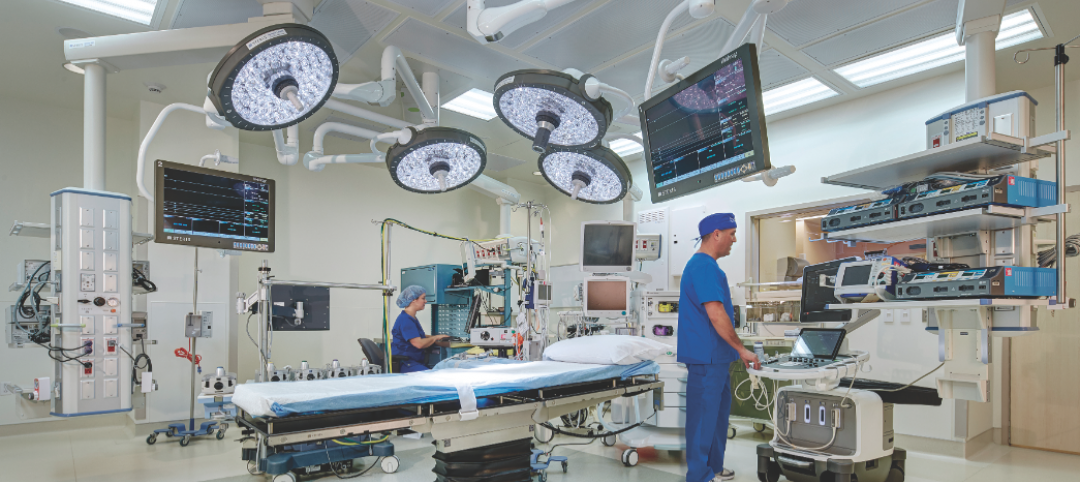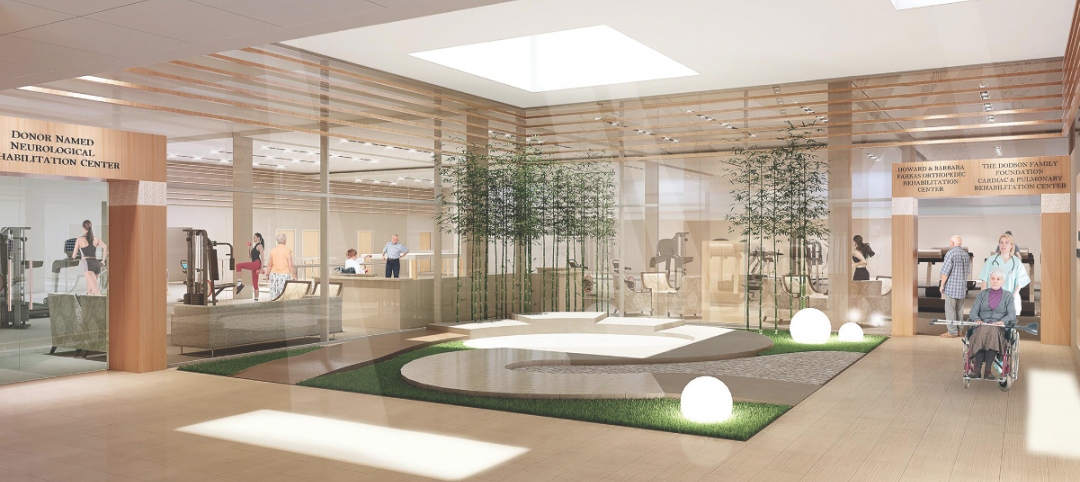The state of healthcare in our nation today is at the brink of significant change, as the passing of healthcare reform impacts everything from how health systems operate to the use of technology in managing and providing care. To help healthcare leaders navigate the increasingly complex environment, DPR Construction (“DPR”), a national technical builder specializing in highly complex and sustainable projects, conducted a year-long study to gather the perspectives of more than 40 CEOs, owners, designers and management consultants. The study found that health economics, healthcare delivery and buildings of the future are three key areas that will become increasingly important to the health industry over the next 10 years.
Using a mix of in-person interviews and online surveys with DPR customers and other leading organizations, DPR’s “Future of Healthcare” study also identified 10 areas of change that will be integral to shaping the industry’s future. These include:
- Accountable Care Organizations
- Pay-for-Performance
- Aging Population
- Electronic Medical Records
- Healthcare Worker Shortage
- Sophisticated Diagnostic and Treatment Equipment
- Handheld Computers and Portable Diagnostic Equipment
- Medical Homes
- Holistic, Patient-Centered Environment
- Evidence-Based Medicine
Health economics
Among study participants, many noted that systems are not fully prepared for the increasing population of aging individuals. When healthcare reform does get fully implemented, 32 million more insured U.S. citizens will skyrocket demand. Both will contribute to an already stressed system, making health economics one of the most critical elements of the industry’s future. While new and upgraded technologies entering the market will put strain on health providers’ and systems’ budgets, being able to deliver health that is patient-centric, centralized and vertically integrated will become increasingly important and help deliver better care while reducing costs.
“We have worked with leading healthcare providers for many years, and we clearly see that 2012 is heading into an unprecedented era in managing health economics. Cash flow is more strained than ever due to continued economic uncertainty and a slow recessionary recovery, making cost cutting a priority for health system executives,” said Hamilton Espinosa, DPR’s National Healthcare Group Leader. “The perspectives of these executives reinforced what we’ve been hearing: providers are seeking to deliver the best care while striving to be cost effective.”
Health delivery
According to the study’s findings, hospitals of the future will only serve acute-care patients. Outpatient facilities will deliver less critical care for less cost, while serving broader regional sites. Detroit-based Beaumont Health System, an 18-year recipient of the “Best Hospitals” ranking by U.S. News & World Report, was one of the study’s participants and discussed the evolution. “The hospital will become just for the highest acuity care. The focus needs to shift to home health, primary care and outpatient care,” said Gene Michalski, CEO of Beaumont Health System.
Additionally, health information technology will remain the backbone of delivery, helping to ensure care is delivered more efficiently to lower overall cost. “We are 20 years behind on IT infrastructure, and IT improvements are taking capital that might otherwise have gone to facilities at this time,” noted study participant John Kemper, CEO of KLMK Group, a leading provider of innovative facility solutions to healthcare owners for more than 25 years.
Buildings of the future
With limited access to capital, many noted that fewer new projects will take place and more renovations will rise, largely driven by the need to meet patient satisfaction standards over the long-term. At the same time, better technology will drive overall innovation in technical construction – meaning buildings of the future will be adaptable, both in terms of patient needs and technology. “As health technologies become more sophisticated and simultaneously require less physical space, server and data center support needs will increase,” said DPR’s Espinosa. “Future building will need to accommodate these trends, with increased emphasis around design and system integration to save on costs.”
Additional operational insights
DPR’s Future of Healthcare study also found that 17% of respondents agreed the formation of Accountable Care Organizations – organizations of healthcare providers who agree to be accountable for the quality, cost and overall care of those enrolled in their program – would have the greatest impact over the next five years, followed by pay-for-performance and the growth of the nation’s aging population (tied at 14 percent). Additionally, growth in implementation of universal platforms of care that offer customizable experiences will also be important, while new kinds of outpatient services will provide many of the medical functions previously confined to the hospital.
For additional study results and findings visit: http://www.dpr.com/assets/docs/the-future-of-healthcare.pdf?/futureofhc. +
Related Stories
Healthcare Facilities | Sep 21, 2015
5 reasons healthcare organizations are implementing finish standards on construction projects
The desire for improved patient satisfaction, staff retention, and turn-key maintenance are among the top reasons more healthcare groups are implementing finish standards in their spaces, according to VOA Associates' Lauren Andrysiak.
Healthcare Facilities | Sep 11, 2015
Health Product Declaration Collaborative releases updated HPD Open Standard – Version 2.0
Advances transparent disclosure of building product contents
Healthcare Facilities | Aug 28, 2015
Hospital construction/renovation guidelines promote sound control
The newly revised guidelines from the Facilities Guidelines Institute touch on six factors that affect a hospital’s soundscape.
Healthcare Facilities | Aug 28, 2015
7 (more) steps toward a quieter hospital
Every hospital has its own “culture” of loudness and quiet. Jacobs’ Chris Kay offers steps to a therapeutic auditory environment.
Healthcare Facilities | Aug 28, 2015
Shhh!!! 6 ways to keep the noise down in new and existing hospitals
There’s a ‘decibel war’ going on in the nation’s hospitals. Progressive Building Teams are leading the charge to give patients quieter healing environments.
Mixed-Use | Aug 26, 2015
Innovation districts + tech clusters: How the ‘open innovation’ era is revitalizing urban cores
In the race for highly coveted tech companies and startups, cities, institutions, and developers are teaming to form innovation hot pockets.
Healthcare Facilities | Aug 19, 2015
5 brand-building strategies in the outpatient environment
No longer coasting off of reputation, leading organizations are using new ambulatory care centers to re-brand for the future of healthcare, writes CannonDesign's Jocelyn Stroupe.
Healthcare Facilities | Aug 18, 2015
Transforming the patient-clinician experience in retail healthcare: 5 'flips' to consider
Flip the Clinic is a Robert Wood Johnson Foundation project invented to transform the patient-clinician experience. In their language, “flips” are actionable ideas for change, writes Gensler's Tama Duffy Day.
Giants 400 | Aug 6, 2015
GIANTS 300 REPORT: Top 75 Healthcare Construction Firms
Turner, McCarthy, and Skanska top Building Design+Construction's 2015 ranking of the largest healthcare contractors and construction management firms in the U.S.
Giants 400 | Aug 6, 2015
GIANTS 300 REPORT: Top 80 Healthcare Engineering Firms
AECOM, Jacobs, and Burns & McDonnell top Building Design+Construction's 2015 ranking of the largest healthcare engineering and engineering/architecture firms in the U.S.





